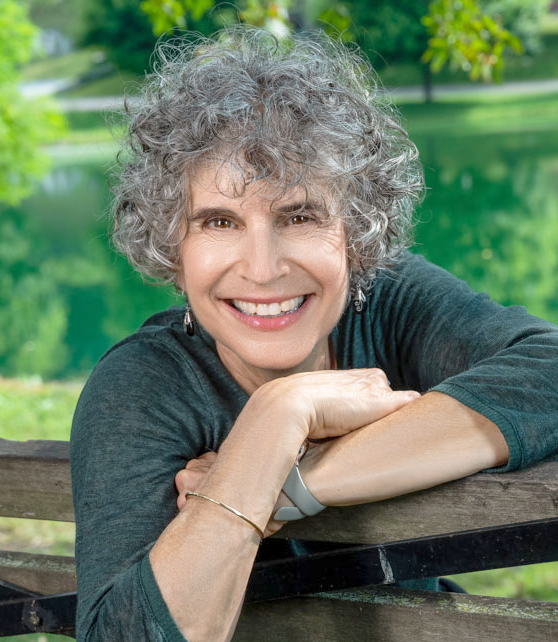How to use Āyurvedic clinical assessment to help yourself and your yoga clients

When I was studying to become a yoga therapist, our training included a brief foray into Āyurveda–the sister science to yoga that focuses on diet and lifestyle and living in harmony with the rhythms of nature. We spent a morning trying gamely to assess each other’s pulse, since pulse reading (when mastered) reveals a tremendous amount about a client’s imbalances. I remember feeling, at the time, that I had no idea what I was doing. Looking back now, as a certified Āyurvedic Health Counselor, I’ve come to the conclusion that it might have been better if we’d been taught other aspects of Āyurvedic assessment besides, or in addition to, that brief exposure to pulse reading. Because it turns out that pulse is only one of 21 different components of Āyurvedic assessment. None of them is meant to be used alone as the definitive indicator of the root cause of a client’s suffering. Instead, we weigh each component, comparing and contrasting them, noting corroboration or contradiction before arriving at a conclusion. You’re probably using some of these tools already, whether you know it or not, and seeing your clients through an Āyurvedic lens. In this series of blog posts, I’ll share the aspects of Āyurvedic assessment that might be most useful to you as a yoga therapist and help to guide your thinking about what kind of recommendations/practices might be best for an individual client.
So what are these 21 different aspects of assessment? Āyurvedic uses a 3-fold, an 8-fold, and a 10-fold process of clinical examination. That may sound overly complicated, but in fact, both the 8-fold and 10-fold assessments are simply more specific subsets of the 3-fold assessment, whose pillars are visual inspection (darshanam), all forms of palpation and touch (sparshanam–pulse reading falls in this category), and questioning (prashnam). Of the three, according to Dr. Vasant Lad, founder of The Āyurvedic Institute, visual observation is the most important: we can go a long way towards figuring out a client’s’ unique constitution (doṣa) and current imbalances (which doṣa or doṣas are aggravated) just by watching the way they move, their facial expressions, the shape of their bodies, the color of their complexion and how they talk, for example. The 8-fold assessment takes observation to an even more refined level by looking closely at a client’s tongue, eyes, physical form, and even their excreta (usually done indirectly–by asking about the color, shape, odor, frequency, etc. of their bowel movements and urination)! Inquiry helps us determine the origin, duration, and progression of symptoms for which a client is seeking our help, but it also aids in our evaluation of the client’s emotional state as expressed in the quality and nature of their speech.
The 10-fold assessment refines our intake even further through the art of questioning. Here we probe more deeply into a variety of factors, such as the environment in which the client was raised and currently lives, so that we understand the rhythms of nature and the cultural idioms to which the client is accustomed. How old is the client–are they in a time of life more likely to aggravate their doṣa? What is their outlook–their presence and strength of mind, their willingness to change? What is their psychological makeup? How about their dietary habits and their approach to eating? And what is their lifestyle like? What are they doing that may be contributing to their imbalances? What are they doing that is serving them well?
Āyurvedic clinical assessment thus provides a nuanced and systematic means of observing a client and coming to an understanding about how best to help them on their journey towards wellness. In upcoming weeks, we’ll delve more deeply into the art of Āyurvedic observation and explore how, even without reading pulse, we can use our own eyes, ears, and gentle questions to identify the constitution and imbalances of each of our clients through the qualities they manifest.
Check out Lisa’s Real-Life Case Studies video series, available exclusively to Sequence Wiz members. Learn more about Case Studies at Sequence Wiz >)
About Lisa
Lisa Sack, C-IAYT, E-RYT-500, C-AHC, is a certified Viniyoga® therapist, Āyurvedic Health Counselor, and Hanna Somatic Educator®. She practices yoga and yoga therapy in the tradition of TKV Desikachar, as taught to her by Gary Kraftsow, founder of the American Viniyoga Institute™. Lisa trained as an Āyurvedic Health Counselor in the lineage of Dr. Vasant Lad through New Moon Āyurveda and Joyful Belly School of Āyurveda. She offers Āyurvedic consultations, yoga therapy, and somatic education both in person and online. Visit her at Clear Sight Yoga & Ayurveda.









Good article. Do you have more information about this